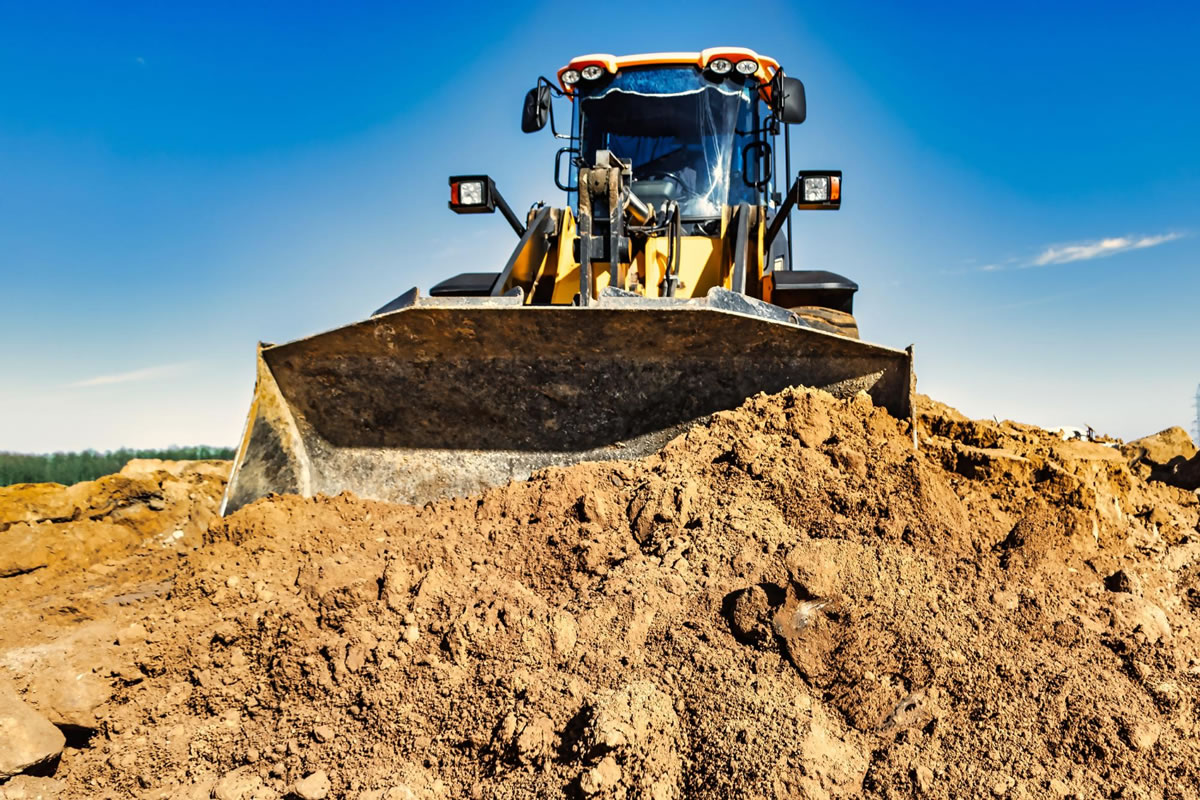Things You Need to Know About Moving Dirt

When prepping for a construction undertaking, it is easy to concentrate on the details of the items you can physically see and touch when the task is complete – things like new architectural finishes, stimulating modern technological systems, and the choice of building materials.
One item that may not even be on your radar is the dirt you will construct your project on. It is surprisingly infrequent that a construction project has the proper ratio of soil from the start. In most circumstances, there is either too much dirt – mandating the site work contractor to export it, or not enough – demanding them to import it. Our expert on land clearing in Flagler Beach knows how overwhelming the procedure can feel when you are in the planning phases of a construction project and you encounter a snag. With decades of experience, we know dirt. We are here to guide the basics you need to learn about moving dirt on construction schemes.
Almost all construction projects demand some form of site work or excavation, and there are several different ways this procedure can vary leaning on your site and your new facility. Any element of the building that runs underground demands the displacement of dirt. That's why enormous piles of soil are a regular sight on construction projects. But what happens to them as the undertaking progresses?
As a quick note, sound erosion control standards should be in place before moving any dirt, and dirt piles will require seeding and mulching.
Forming mounds of soil
When etching out the foundation of your structure, large mounds of earth can amass on the job site. Of course, the deeper the foundation or, the more prominent your footprint, the more significant these piles will be. But your structure's basement isn't the only element of a project that is below grade.
Other duties like excavating retention basins and trenches for utility equipment create surplus dirt. Even grading land in roadway or parking lot construction can yield considerable excavated material. Unfortunately, most job sites have one of two problems: too much excavated soil or not enough. Leaning on your undertaking, you may need to haul dirt off the site or have it brought in. Either one can potentially influence the project's bottom line.
How to manage excess soil
If the surplus dirt is clean and contaminate-free, you can use it in various applications. For example, leaning on the project's site plans, you can use the dirt in other project areas. Just like land grading creates excess dirt, it also demands excess dirt to fill holes and divots. It can also be compressed and employed as part of the foundation itself. Depending on how much you'd like to change the land your project is constructed on, your excavator can also create hills and inclines with the excess dirt.
These are just a few things you should know about moving dirt. Keep them in mind and contact us when you need land clearing in Flagler Beach. We are here for you!